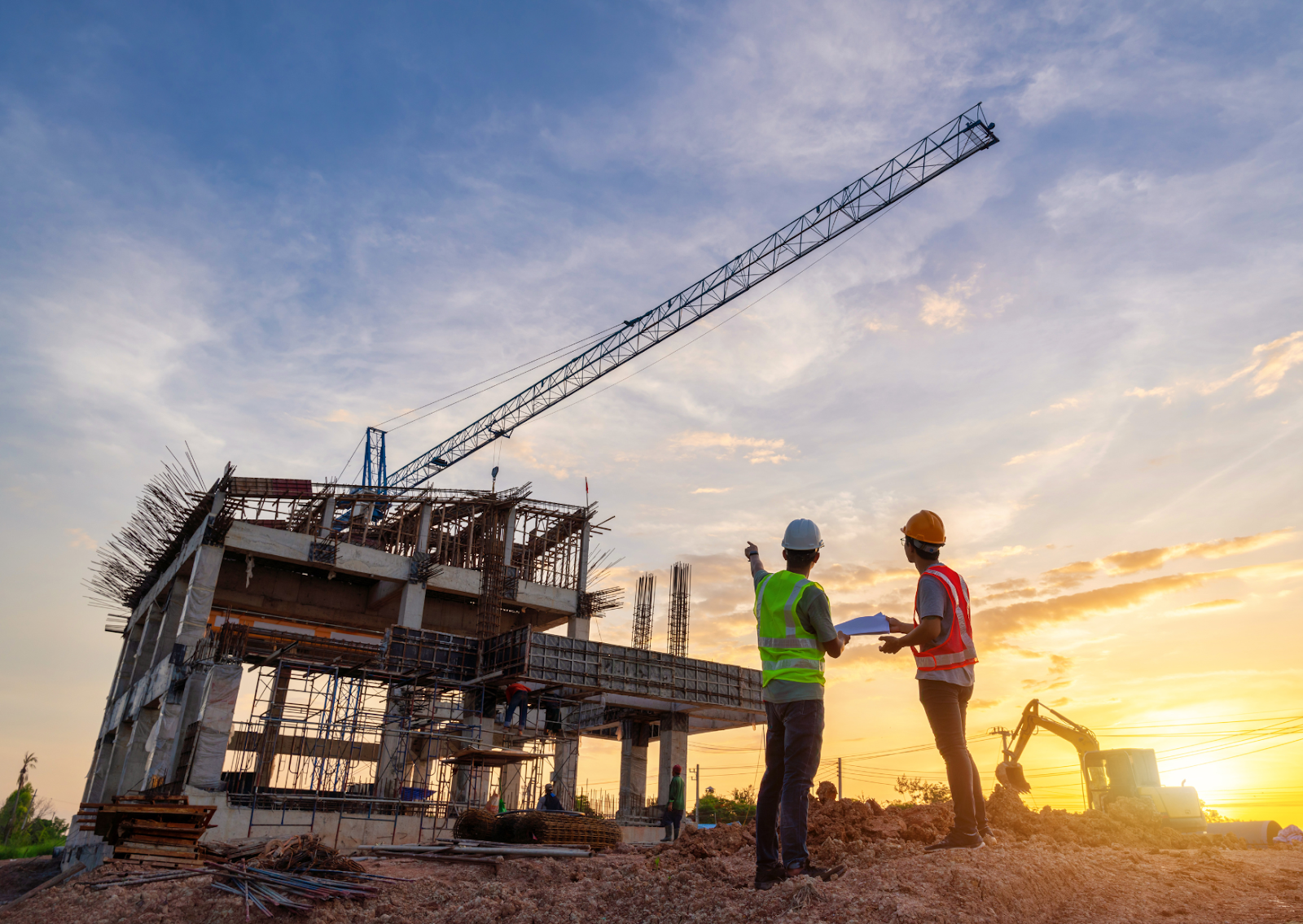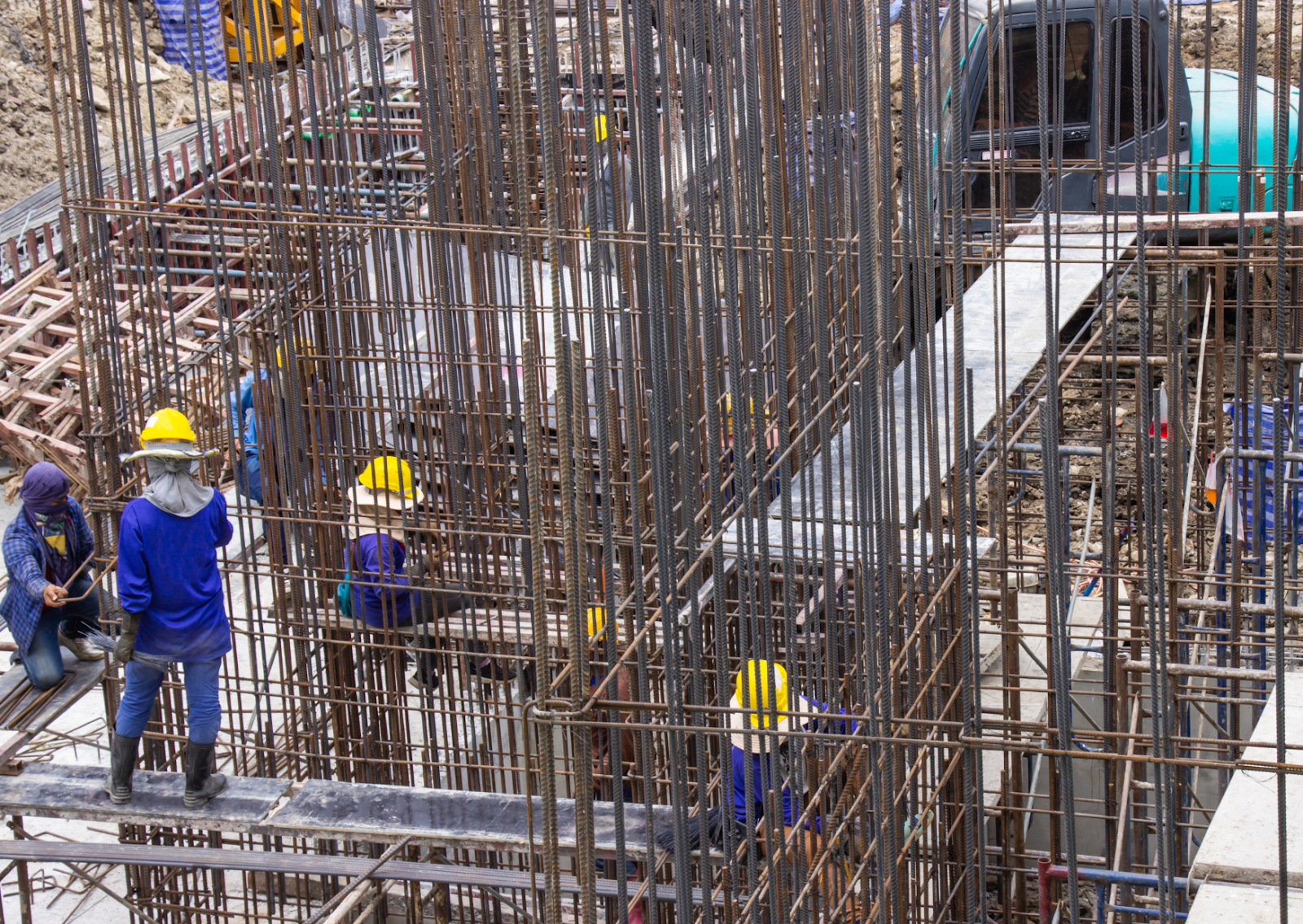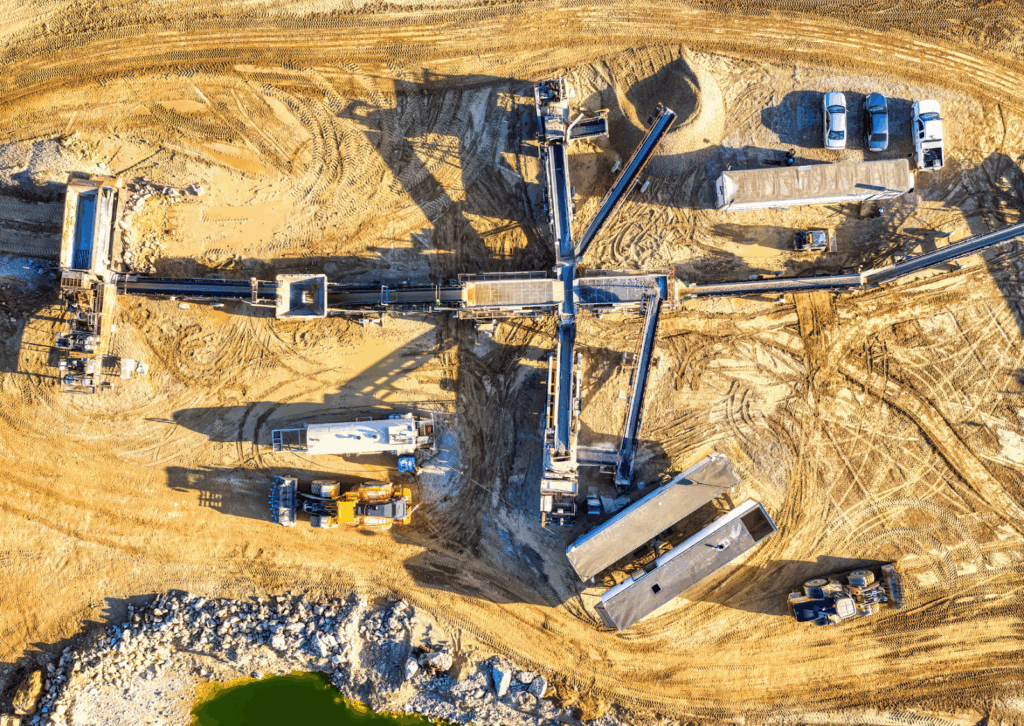We often get asked why ground-up construction has become one of the most preferred methods in the industry. From real estate developers to commercial investors, many are choosing to start from scratch rather than modifying an existing building. In this article, we’ll walk you through every construction phase, covering what you need to know before, during, and after a ground-up construction project.
What Is ground-up Construction and How Does It Differ from Renovation?
Unlike a renovation or retrofit that adjusts an existing structure, ground-up construction begins with a blank canvas. You’re not limited by prior layouts or materials. Instead, you start with purchasing land, then develop a comprehensive project plan that reflects your exact vision for the final structure.
Renovation involves compromise. A ground-up project allows you to tailor every detail of the building to its purpose—from foundation to rooftop. It’s ideal for those who want unlimited flexibility.
What Does a ground-up Construction Project Typically Involve?

A ground-up construction project includes multiple phases that span from site preparation to post construction wrap-up. Early steps include securing a loan, assembling a qualified team, and ensuring the project owner has clear objectives.
Each construction project is unique, but typically includes:
-
Land acquisition
-
Design phase and approvals
-
Obtaining permits
-
Construction process management
-
Quality assurance
-
Final walkthrough
This entire process gives full control over layout, energy efficiency, and space utilization.
What Are the Key Benefits of ground-up Construction?
Choosing a ground-up method provides several advantages:
-
Long term cost savings through smarter design and efficient systems
-
Custom solutions that adapt to any site or purpose
-
Adherence to modern construction methods and building codes
-
Enhanced energy efficiency from the foundation up
These benefits of ground construction often outweigh the time and investment, especially for those with a proven track record in project execution.
How Does a ground-up Construction Project Begin?
The first steps focus on site preparation. This includes clearing the land, leveling, and addressing soil concerns. Choosing an undeveloped parcel allows flexibility in planning, but it comes with a need for careful planning.
What Tools Help Keep a ground-up Project on Track?
Project management platforms help track every stage and task. They keep all parties updated with the latest timelines, document storage, and progress snapshots.
How Should Teams Communicate During the Construction Process?
Open communication is key. Regular meetings and shared documentation ensure that everyone from contractors to engineers understands the project timeline.
What Role Does the General Contractor Play in Project Oversight?
The general contractor oversees daily progress, ensures materials are ordered, and guarantees that safety standards are followed throughout the construction phase.
What Happens During the Pre Construction and Design Phase?
The pre construction phase sets the foundation for the entire project. It includes:
-
Architectural drawings
-
Utility connections planning
-
Engineering system layouts
-
Securing necessary permits
Every decision made during this phase affects your ability to create the structure you’ve envisioned.
What Permits and Legal Steps Are Required Before Work Begins?
Before the construction process can start, obtaining permits is essential. This means working with city offices to comply with:
-
Local zoning laws
-
Environmental checks
-
Building codes and safety standards
Failing to meet local regulations can stall the entire project, so it’s important to get this step right.
How Are the Construction Phases Structured for a ground-up Project?

The ground-up project progresses through several stages, such as:
-
Foundation and underground utilities
-
Framing the structure
-
Roofing and exterior work
-
Interior systems (plumbing, HVAC, electrical)
-
Finishing work and inspections
Clear scheduling ensures every aspect of the construction phase runs smoothly.
How Does Quality Control and Safety Compliance Work During Construction?
A strong quality control plan ensures the entire process adheres to codes and minimizes costly errors. At this point, contractors perform checks on:
-
Framing and support systems
-
Electrical and plumbing layout
-
Fire safety systems
Regular inspections also ensure full compliance with safety standards.
What Are the Benefits of ground-up for Energy Efficiency and Sustainability?
Energy efficiency is built into a ground-up construction project by design. You can plan your building with high-performance insulation, energy-saving windows, and advanced HVAC systems.
Choosing eco-friendly materials and modern construction methods often leads to:
-
Lower operational costs
-
Improved comfort and air quality
-
Higher resale value
What Is Included in the Post Construction Phase?
The post construction phase involves final inspections, utility activation, and a formal handoff. This is when the final structure becomes ready for use.
During this time:
-
Systems are tested
-
Small adjustments are made
-
The project owner receives documentation and manuals
How Do You Maintain Track of a Complex Construction Project Like This?
Tracking a complex process like this requires coordination and tools. Using project management software helps monitor deadlines, financials, and resource allocation.
What Are the Most Common Challenges in ground-up Projects and How Do You Overcome Them?

Issues may arise during any stage of the construction project, such as:
-
Permit delays
-
Supply chain disruptions
-
Budget overruns
How Do You Mitigate Risk in the Early Stages?
Build a buffer into your contingency funds and ensure early planning covers all known issues.
What If Local Regulations Change Mid-Project?
Stay informed and have a consultant on hand who understands shifting zoning laws and local regulations.
How Can a Proven Track Record Help Navigate Challenges?
Hiring a company with a proven track record, like MID Construction Group, improves reliability and ensures that unexpected challenges are handled professionally.
Is ground-up Construction the Right Choice for Real Estate Developers and Investors?
For real estate developers, a ground-up approach provides a high return potential. You’re not restricted by the limitations of an existing building or layout.
This method also allows you to:
-
Align the construction process with market demand
-
Adjust the design phase to modern standards
-
Control the full life cycle of the project
Many successful developers partner with experienced firms like MID Construction Group to make the most out of their investment.
Ready to Start Your Ground-up Construction Project?
If you’re ready to build from the ground-up, the first step is solid planning. Whether you’re working on a commercial development or a new multi-family property, having a full construction plan, access to funding, and the right team can make all the difference.
Think about your own timeline, required permits, and long-term goals. The benefits of a ground up construction project are hard to match when executed correctly. Talk to professionals, map out your project timeline, and consider a firm like MID Construction Group with the expertise to bring your vision to life.
Final Thoughts
We’ve built our understanding of ground-up construction from years of hands-on experience. At its core, this method allows for greater control, better results, and a structure that’s tailored for performance and future value. If you’re considering a project that truly starts with your goals in mind, ground-up might just be your best path forward.
Works Cited
-
U.S. General Services Administration. “Project Planning.” GSA.gov, www.gsa.gov/real-estate/design-construction/project-planning. Accessed 30 May 2025.
-
American Institute of Architects. “Navigating the Construction Process.” AIA.org, www.aia.org/resources/20246-navigating-the-construction-process. Accessed 30 May 2025.
-
U.S. Department of Energy. “Energy Efficiency Trends in Residential and Commercial Buildings.” Energy.gov, www.energy.gov/eere/buildings/articles/energy-efficiency-trends. Accessed 30 May 2025.
-
National Association of Home Builders. “The Benefits of Building New.” NAHB.org, www.nahb.org/advocacy/industry-issues/the-benefits-of-building-new. Accessed 30 May 2025.
-
Construction Industry Institute. “Best Practices in Quality Management.” Construction-Institute.org, www.construction-institute.org. Accessed 30 May 2025.
Frequently Asked Questions
1. What is the difference between ground-up construction and renovation?
ground-up construction starts with a vacant lot or undeveloped parcel, allowing builders to create a new structure from the ground-up. Renovation, on the other hand, involves modifying or upgrading an existing building, often with limitations in design and layout.
2. What are the key phases of a ground-up construction project?
A typical ground-up construction project includes site preparation, the design phase, obtaining permits, the main construction phase, and a post construction review. Each stage is essential to ensuring the entire project meets structural, safety, and legal standards.
3. Why is ground-up construction considered more energy efficient?
By starting from scratch, you can integrate energy efficiency features like insulation, HVAC systems, and eco-friendly materials during the design phase. This results in long term cost savings and better performance compared to retrofitting an older structure.
4. What legal permits are required before starting ground-up construction?
You’ll need to secure necessary permits that comply with zoning laws, building codes, and other local regulations. Skipping this step can delay the construction process or result in penalties.
5. Is ground-up construction a good choice for real estate developers?
Yes, it provides unlimited flexibility, control over the project timeline, and the ability to tailor the final structure to market needs. Many real estate developers choose this method to maximize returns and meet modern building demands.





